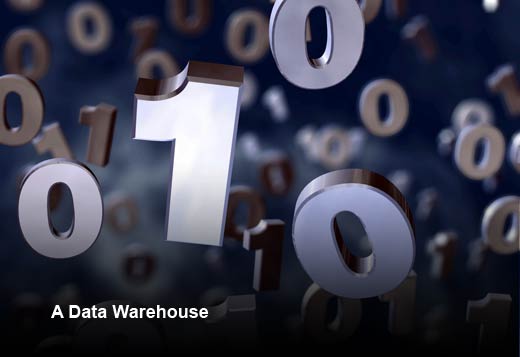Research and Markets recently predicted that the health care data analytics market will grow to more than $34.27 billion by the end of 2022. Though the majority of organizations understand the value of a business intelligence platform, many are still perplexed when it comes to choosing the best solution for their organization. Add to that the mass of health care analytics myths that are plaguing the industry and the selection process can quickly become tedious and overwhelming.
To ease the process, business intelligence provider Dimensional Insight, which was named 2015/2016 “Best in KLAS” in business intelligence/analytics, is debunking the top five health care analytics myths to allow companies to choose the best platform based on their organizational needs.
Debunking Health Care Analytic Myths
Click through for a factual view of five common health care analytic myths, as identified by Dimensional Insight.
A Data Warehouse
Myth 1: I need a data warehouse before I get started with health care analytics.
While some health care technology vendors believe that a data warehouse is necessary to manage data – it simply isn’t true. Because data is constantly changing, placing it within a static warehouse is both inefficient and hinders its usefulness. This was also echoed in a recent Gartner report that estimated that 80 percent of “build it and they will come” health care analytics implementations fail. Instead, what’s most important is a continuous and timely flow of information that represents the current state of the organization and its processes, and how that state is changing over time.
EHR Analytics
Myth 2: I can just use the analytics provided within my EHR.
While EHRs do store massive amounts of patient information, they still do not include every piece of evolving patient data. By just using the analytics within your EHR, you risk missing critical pieces of the patient puzzle. Analytics are much more valuable when you can bring together data elements from different sources in order to see the whole picture.
End Game
Myth 3: I need to know my exact goals at the outset.
Being flexible and malleable when managing and analyzing data is critical for success. Data is constantly changing, and so should your strategy. While concrete plans help to outline goals, it is equally important to make sure that your business intelligence platform is agile. It should allow you to observe what is and isn’t working and refine your goals and objectives accordingly, while highlighting the “quick wins” along the way.
Slick Visuals
Myth 4: The best BI tool is the one that provides slick visuals of my data.
We all know the phrase, “a picture is worth a thousand words,” but that’s not always the case when it comes to data. Accurate, straightforward and comprehensive data provides much more useful information than flashy graphics. You should look for a comprehensive analytics solution that allows data to be effective rather than just flashy. It should also be collected from disparate sources, effectively and easily transformed, and then applied based on clear business rules.
Bigger Is Better
Myth 5: No one got fired for buying from the biggest BI companies.
The biggest myth of them all: Bigger isn’t always better. Before partnering with a BI company, make sure that data quality leads your decision, not the size or stature of the analytic vendor. Data can be tricky so picking a partner that understands the complexity of your data and business is imperative. A best practice to keep in mind is to select a vendor that can help guide you on your journey of which KPIs to analyze and that will uncover opportunities for improvement. Deriving value from data doesn’t just happen; it needs to focus on both the technology and the human element of an analytics program.








